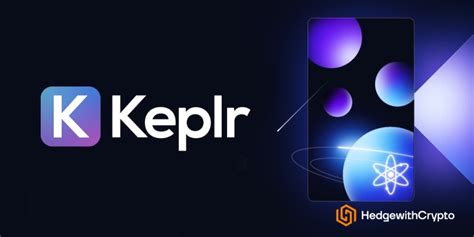Metamask: A Comprehensive Guide to Private Key Management
As a developer working with Ethereum-compatible smart contracts, you probably know that private key management is a critical aspect of building secure and reliable applications. While MetaMask offers a great way to interact with the Ethereum network, it is currently not supported on some compatible blockchain platforms. In this article, we will dive into the pros and cons of using MetaMask directly vs. integrating it as part of your EVM-compatible L1 (Layer 1) application.
What is MetaMask?
MetaMask is a popular cryptocurrency wallet developed by Ethereum co-founder Justin Sun in 2014. It allows users to securely store, manage, and interact with their Ethereum private keys. With MetaMask, you can access your funds across multiple blockchain platforms, including the Ethereum mainnet, ERC20 tokens, and DApps.
Advantages of using MetaMask directly:
- Convenience: You don’t have to set up a separate wallet or integration.
- Ease of use: MetaMask provides an intuitive interface for managing private keys.
- Broad compatibility: MetaMask supports the Ethereum mainnet, ERC20 tokens, and various DApps.
Cons of using MetaMask directly:
- Security risks
: If your private keys are compromised or lost, access to your funds will be compromised.
- Limited control: You are tied to the Ethereum network, which may limit your ability to use certain features or integrations.
- No support for L1 platforms: As you mentioned, MetaMask is currently not supported on some EVM-compatible blockchain platforms.
Integrating MetaMask as a Wallet Extension:
If you still want to manage your private keys via MetaMask, but need the additional features of an EVM-compatible wallet extension, here’s how you can do it:
- Download and install the MetaMask extension: You can download the MetaMask extension for most supported browsers.
- Configure the extension: Set up the extension with your Ethereum account credentials and select your wallet type (e.g. MetaMask).
- Use the extension as a wallet: Manage your private keys, access funds, and interact with DApps directly from your browser.
Benefits of integrating MetaMask as a wallet extension:
- Control over EVM platform features: You can use additional features not available in MetaMask on EVM platforms, such as smart contract execution or staking.
- Broad Compatibility: The extension supports multiple blockchain platforms and wallets.
- No Security Risks: Since you manage your private keys directly in the wallet extension, you have full control over access to your funds.
Cons of integrating MetaMask as a wallet extension:
- More complex setup: Integrating an EVM-compatible wallet extension requires more technical effort and configuration.
- Limited Flexibility: You may need to configure additional settings or extensions to use the features you want.
- Potential for Data Leakage: If your private keys are compromised, you expose sensitive information to unauthorized parties.
Conclusion

Managing your private keys directly through MetaMask is convenient, but it comes with security risks and limited control over the EVM platform’s features. Integrating MetaMask as a wallet extension offers more flexibility and control, but requires more technical effort and setup.
Ultimately, the choice between using MetaMask directly or integrating it as a wallet extension depends on your specific needs and preferences. If you are building an L1 application with EVM-compatible blockchain platforms, consider using an extension to gain additional functionality while minimizing security risks.

